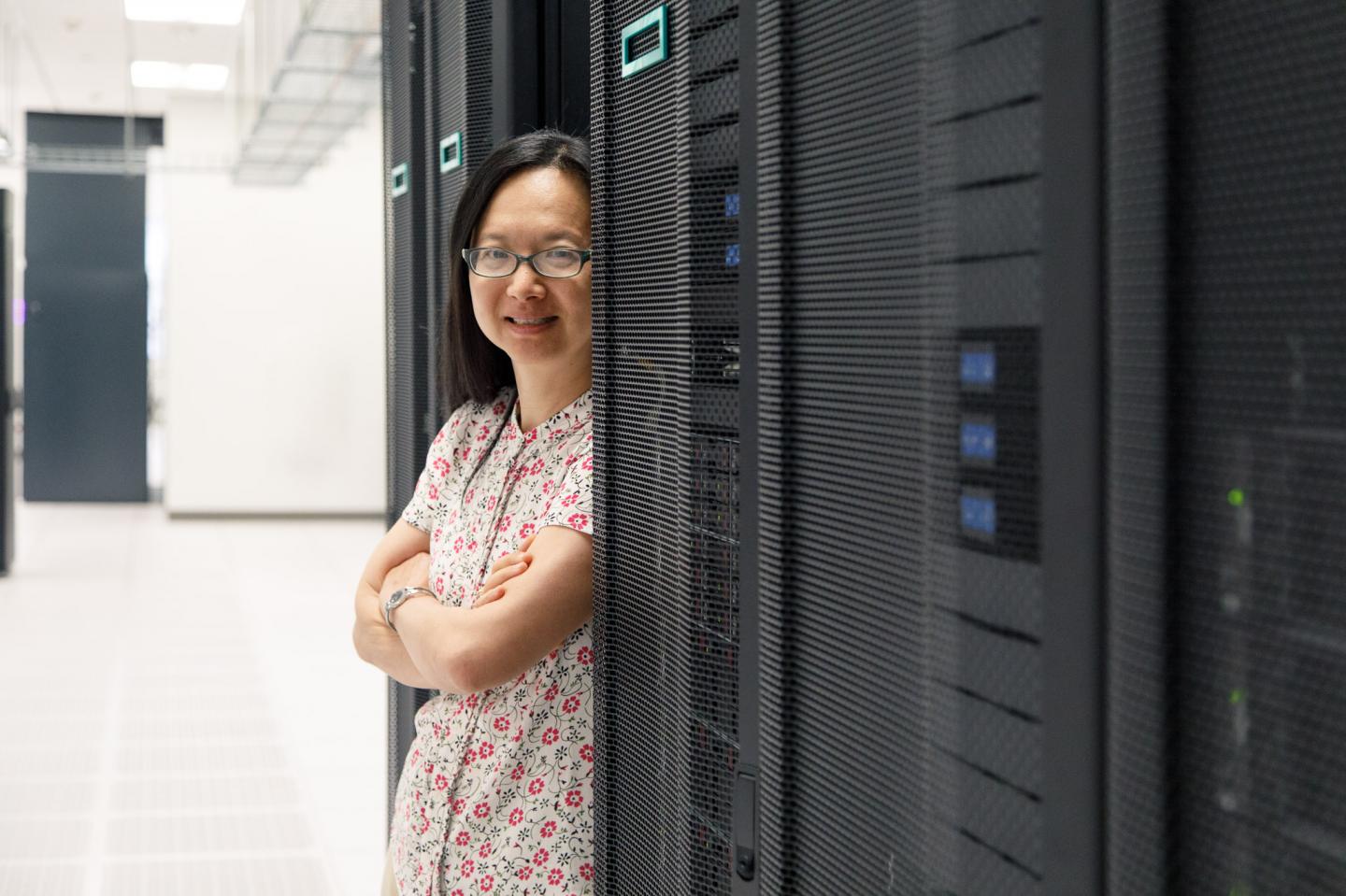
IMAGE: University of Houston Moores Professor of Physics, Computer Science and Chemistry, Margaret Cheung, predicts that understanding the molecular structure of the moment a memory is seared in the mind will… view more
Credit: University of Houston
A University of Houston researcher is examining the reaction in the brain at the precise moment when certain memories are seared into our minds. Moores Professor of Physics, Computer Science and Chemistry, Margaret Cheung, predicts that understanding the molecular structure of that moment inside a single neuron will open a new world in increasing memory and the use of the brain.
“The 2000 Nobel laureate Eric Kandel said that human consciousness will eventually be explained in terms of molecular signaling pathways. I want to see how far we can go to understand the signals,” said Cheung, who explores the signals between calcium, which impacts almost all aspects of cellular life, and the calcium-modulated protein called calmodulin or CaM.
Calcium drifts from outside a cell while calmodulin is on the inside. It is the conversation between those proteins inside cells, and the amount of calcium that CaM allows into a cell, that determine the fate of so many processes, ranging from why memory is far better in some people than in others, to why addiction keeps some people in its grasp. The work is funded by a $1.1 million grant from the National Institute of General Medical Science from the National Institutes of Health.
“How the information is transmitted from the calcium to the calmodulin and how CaM uses that information to activate decisions is what we are exploring,” said Cheung. “This interaction explains the mechanism of human cognition.”
Until now, not much light has shone on calcium signaling. Current simulations of neurological dynamics are unable to specify the initial signaling conditions at a molecular level that correctly amount to a cellular change. Often researchers have made educated guesses by fitting experimental data to model a likely CaM state that induces some downstream cellular processes. Among the problems with this approach is a lack of both precision and practical use for real-world applications.
“In this work we seek to understand the dynamics between calcium signaling and the resulting encoded CaM states using a multiphysics approach,” said Cheung. “Our expected outcome will advance modeling of the space-time distribution of general secondary messengers and increase the predictive power of biophysical simulations.”
In other words, Cheung is out to crack the code of the limits of the human mind.
###
Disclaimer: AAAS and EurekAlert! are not responsible for the accuracy of news releases posted to EurekAlert! by contributing institutions or for the use of any information through the EurekAlert system.

